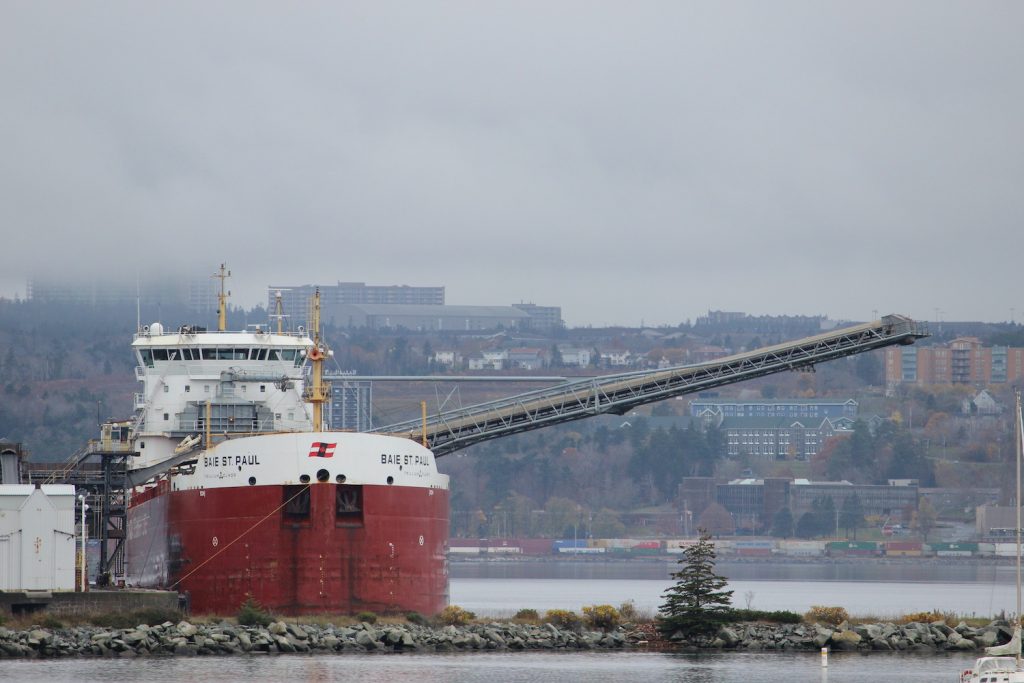
The CSL Laker Baie St Paul loading gypsum at National Gypsum. The ship is a Trillium class laker, and is a frequent caller to Halifax.

Over on Twitter i have been participating in the #30DayMapChallenge. the challenge consists of 30 themes, with the idea to produce a map for each one. This post summarizes the challenge, and includes information on the data sets used. A full explanation of the themes can be found on github.
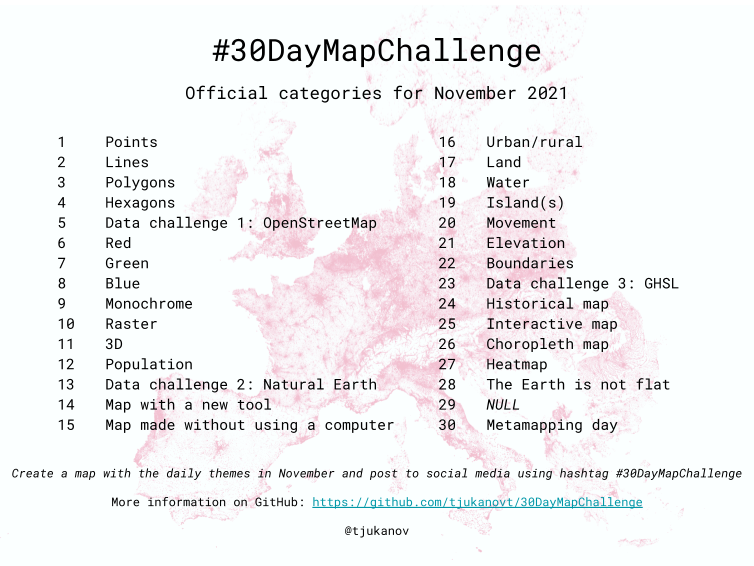
Common Data Sources
these are some common data sets that I frequently come back to.
HRM Building Outlines – polygons representing building footprints
HRM Street Centerlines – centerlines of streets, with names
HRM Active travelways – sidewalks, paths and trails
HRM Lidar DEM 1m – 1m resolution lidar data from 2017.
Canadian Boundaries – Canada land forms and provinces.
Day 1 – Points
the First 3 days of the challenge focus on the 3 kinds of Vector GIS Data, Points, Lines and Polygons. Points maps marine occurrences since 1975 reported to the Transportation safety board, and maintained within its MARSIS database. Bathemtry is from GEBCO
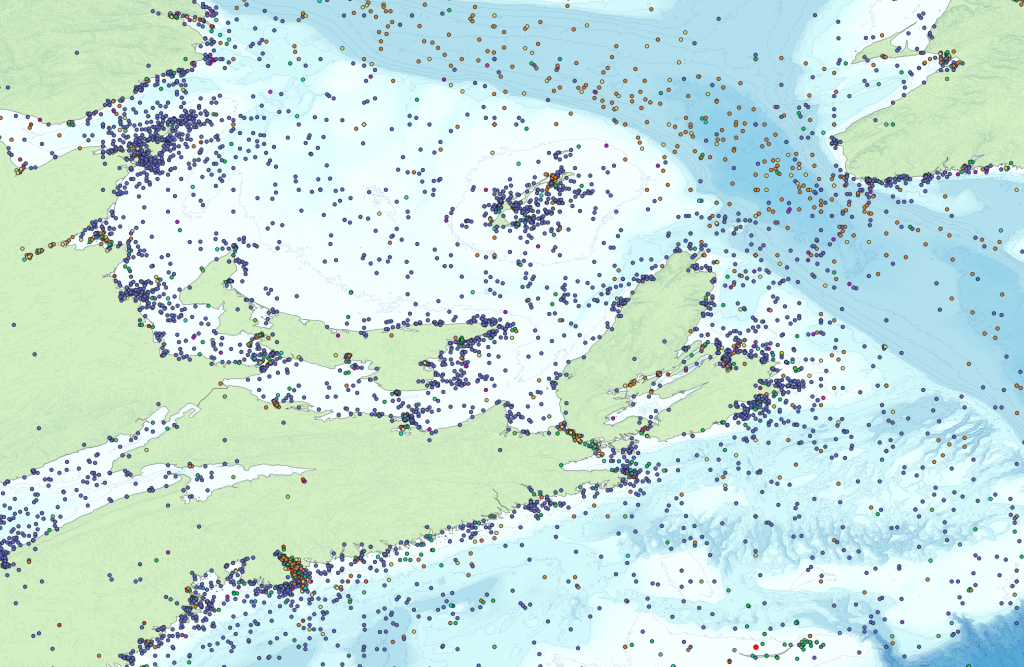
Day 2 – Lines
Lines come from the Canvec National Railway Network, and depict CN and CP rail lines around Vancouver harbour.
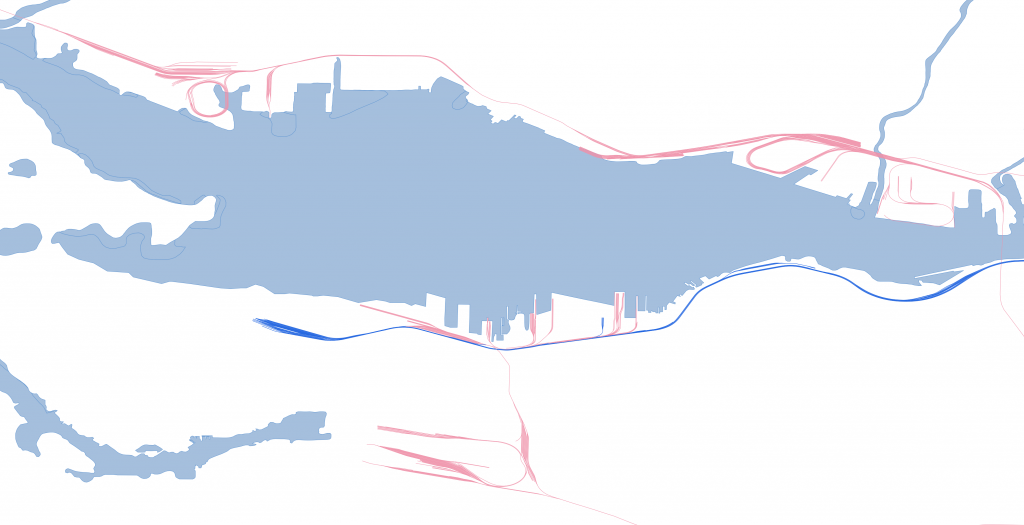
Day 3 – Polygons
i used a collection of data from Halifax Open data to extract the building footprints form the heritage property data set. Also used are the cities 5m contour, road network, and parks and active travel ways data sets.
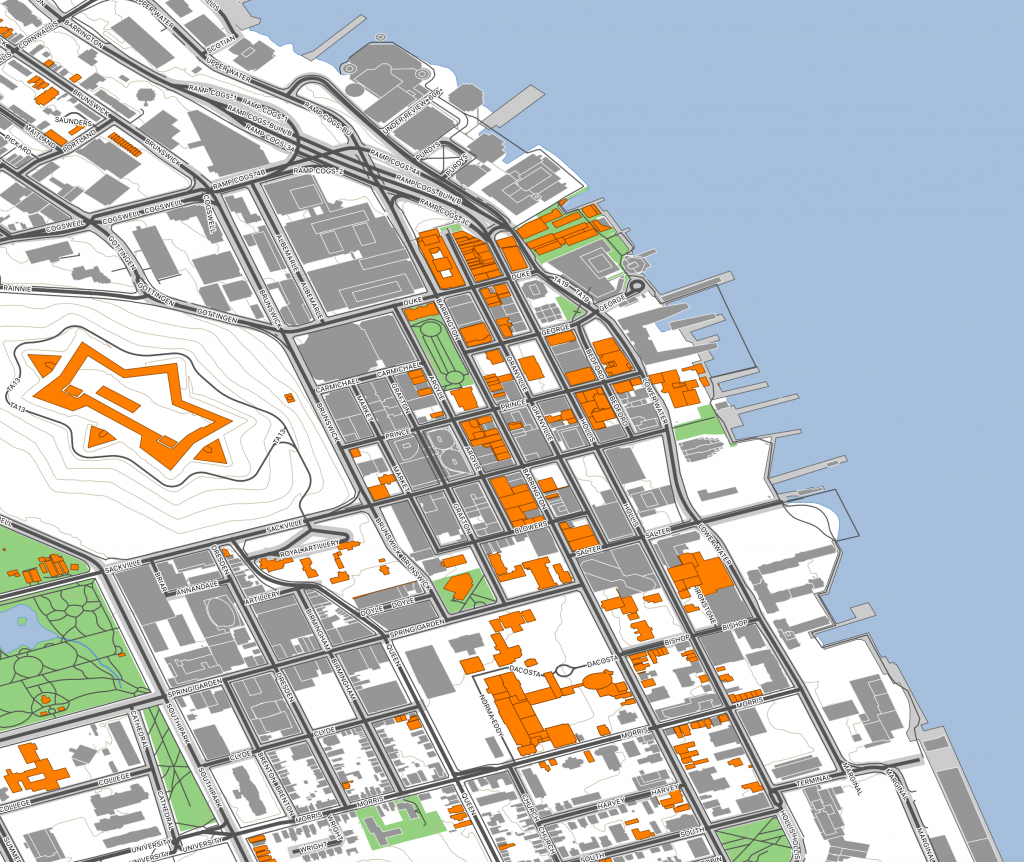
Day 4 – Hexagons
hexagons make a cool unit for showing density. the city has street tree point data available, so i mapped density of street trees per 50m hexagon.
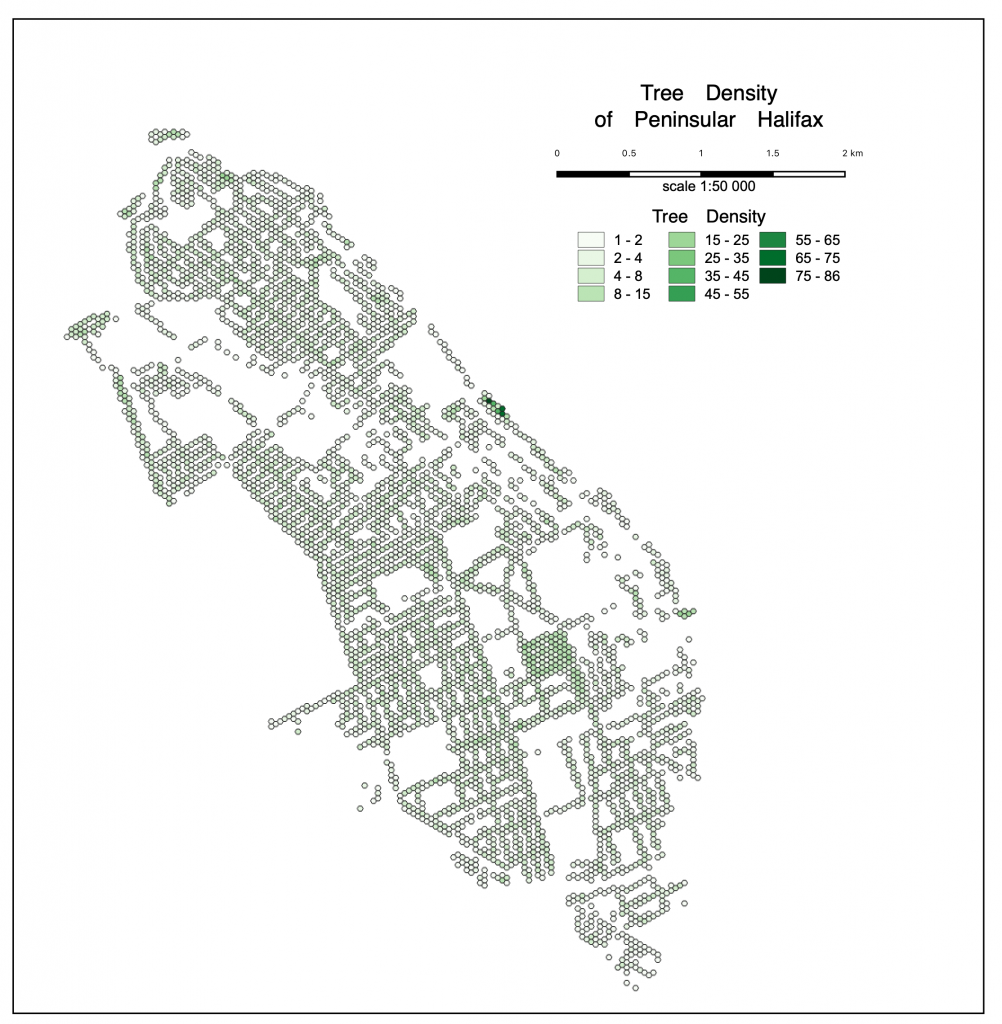
Day 5 – Open Street Map
using leaflet.js, i apply aircraft tracks picked up from my adsb receiver to an open street map basemap. The goal was to use OSM Data. done.
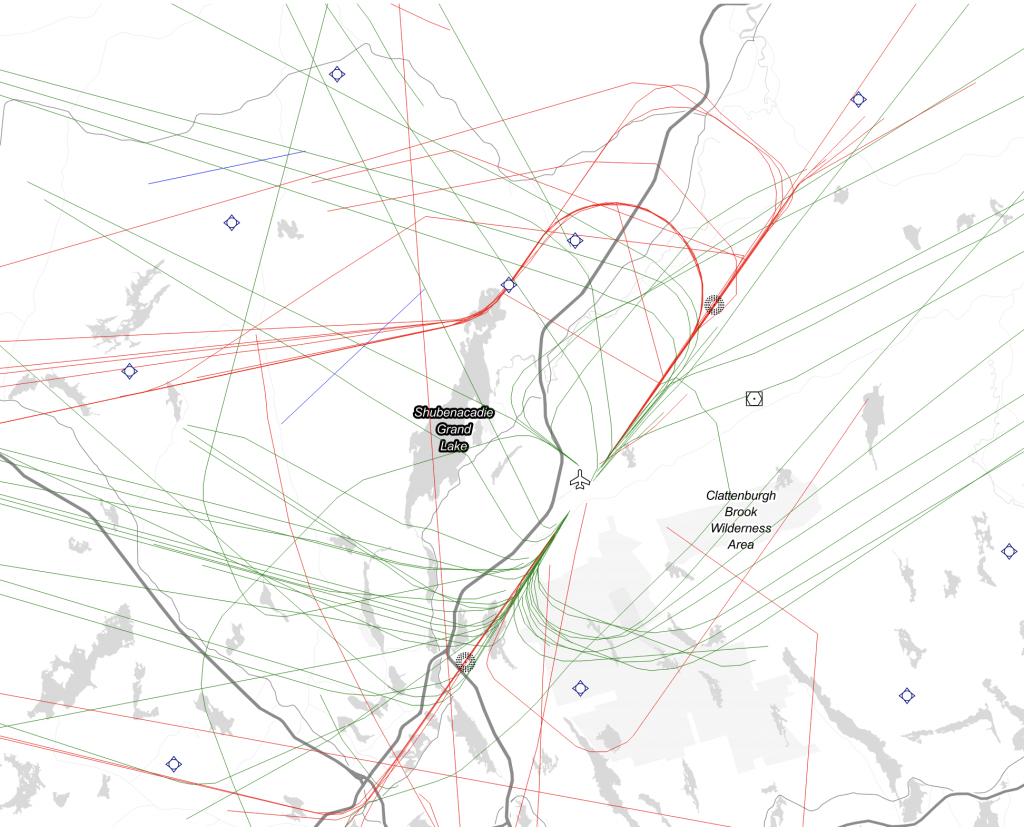
Day 6 – Red
2019 Election results showing a strong liberal win. Data from elections Canada, Results merged with federal electoral districts
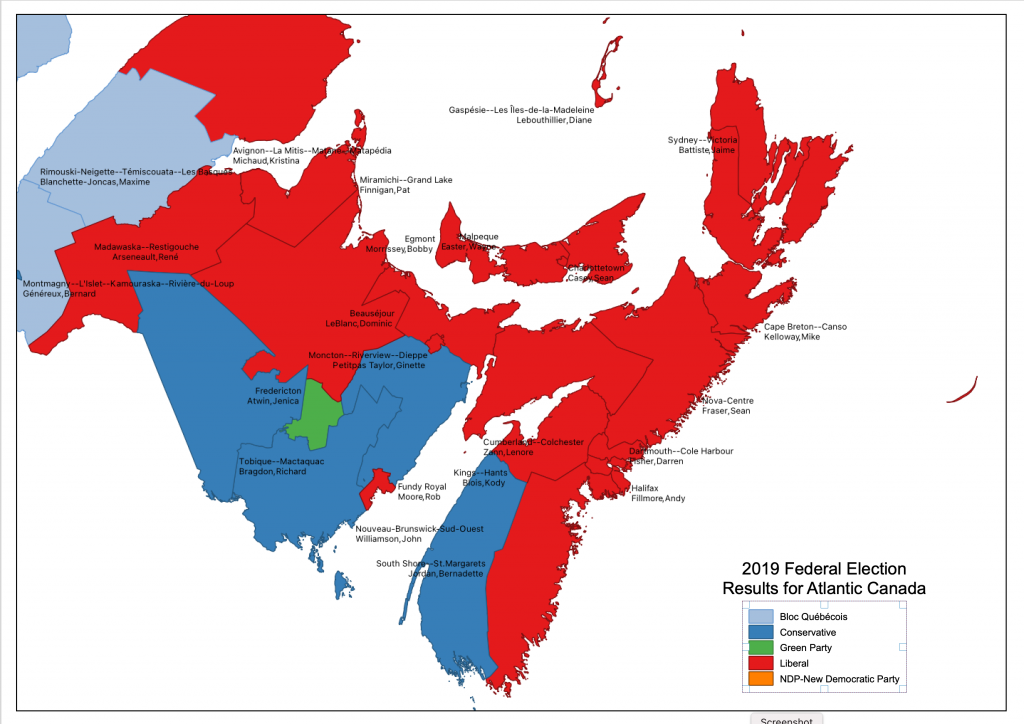
Day 7 – Green
National Parks in Atlantic Canada. I used the Official Parks Canada Greens for this map, and their Helvetica Neue font as well. Parks data came from the Canadian Protected and Conserved Areas Database (CPCAD). hillshade is extracted from Gebco.
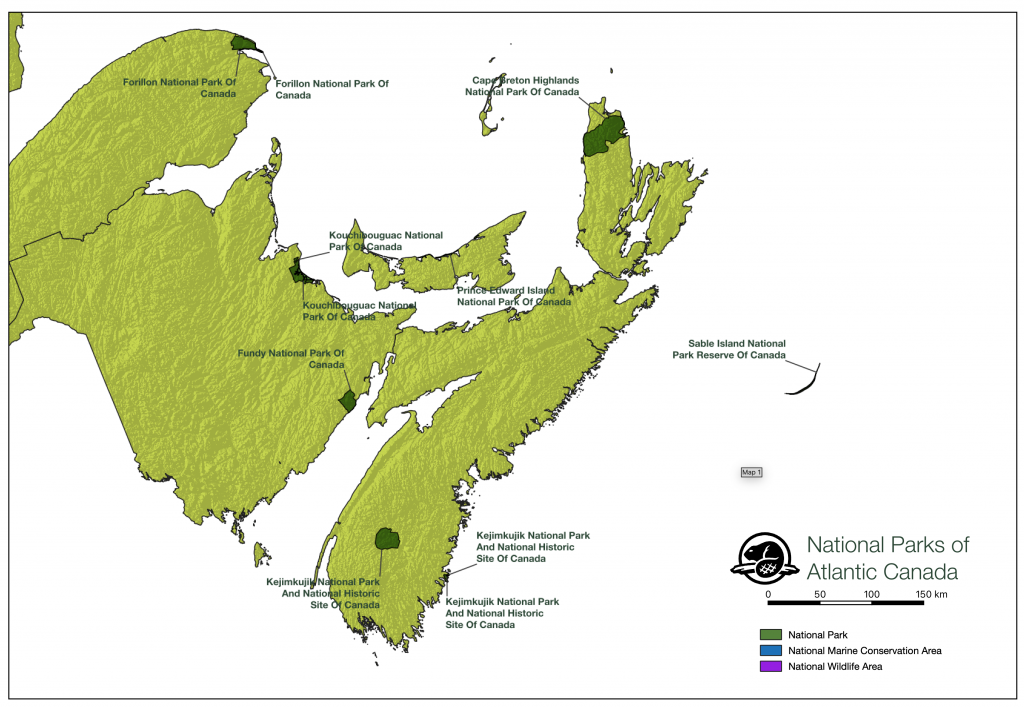
Day 8 – Blue
with a blue theme, i chose to map Blue Mountain Birch cove lakes protected area. The city owns the land highlighted in purple, but the goal is fill in in the park. there are advanced discussions underway for the area to receive national urban park status.
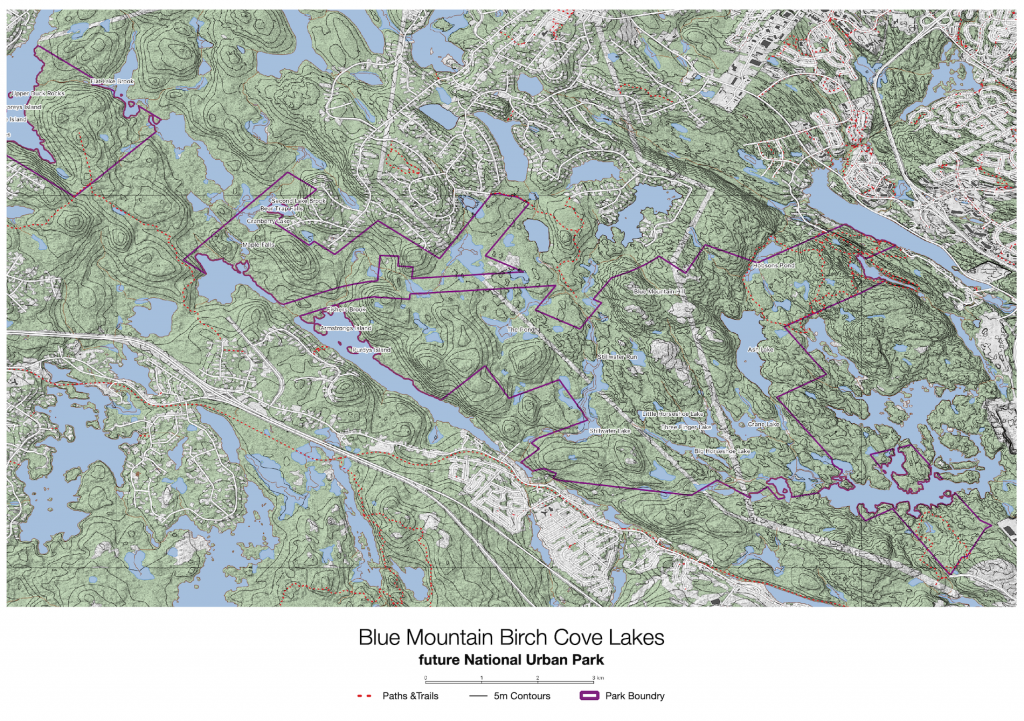
Day 9 – Monochrome.
This map was made with the Province of Nova Scotia’s Digital Terrain Model data, and Roads, Trails, and Rails overlayed. it gives a nice texture to the province, showing both the form of the land, but also human settlement. Both datasets are available via GeoNova
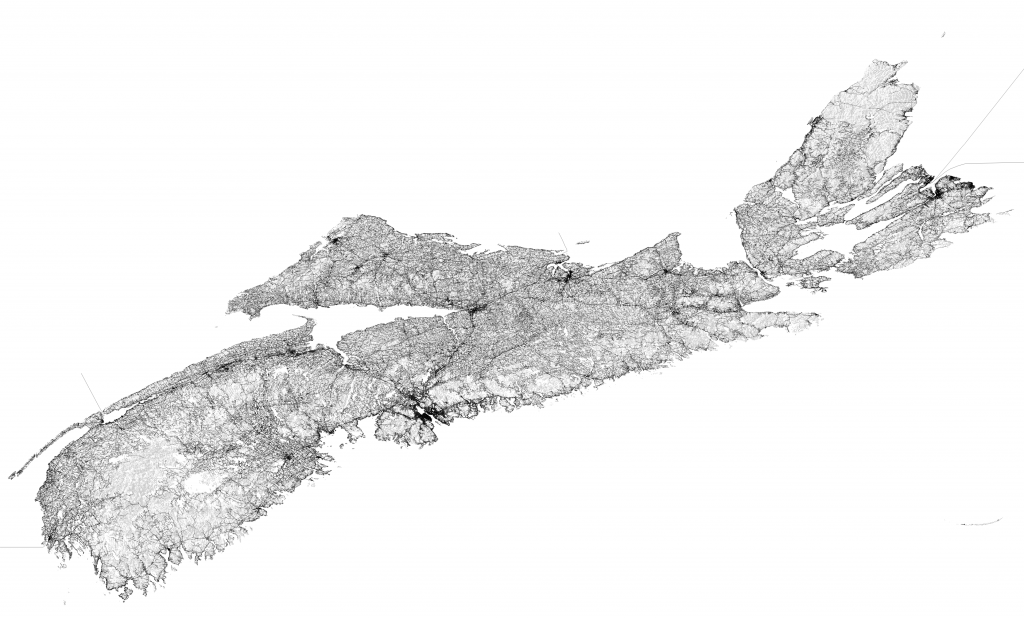
Day 10 – Raster
using the cities 1m lidar DEM, i extracted Point Pleasant park using the cities park shape file. the 1m resolution lets you clearly see paths through the park, and the remains of the old military installations.
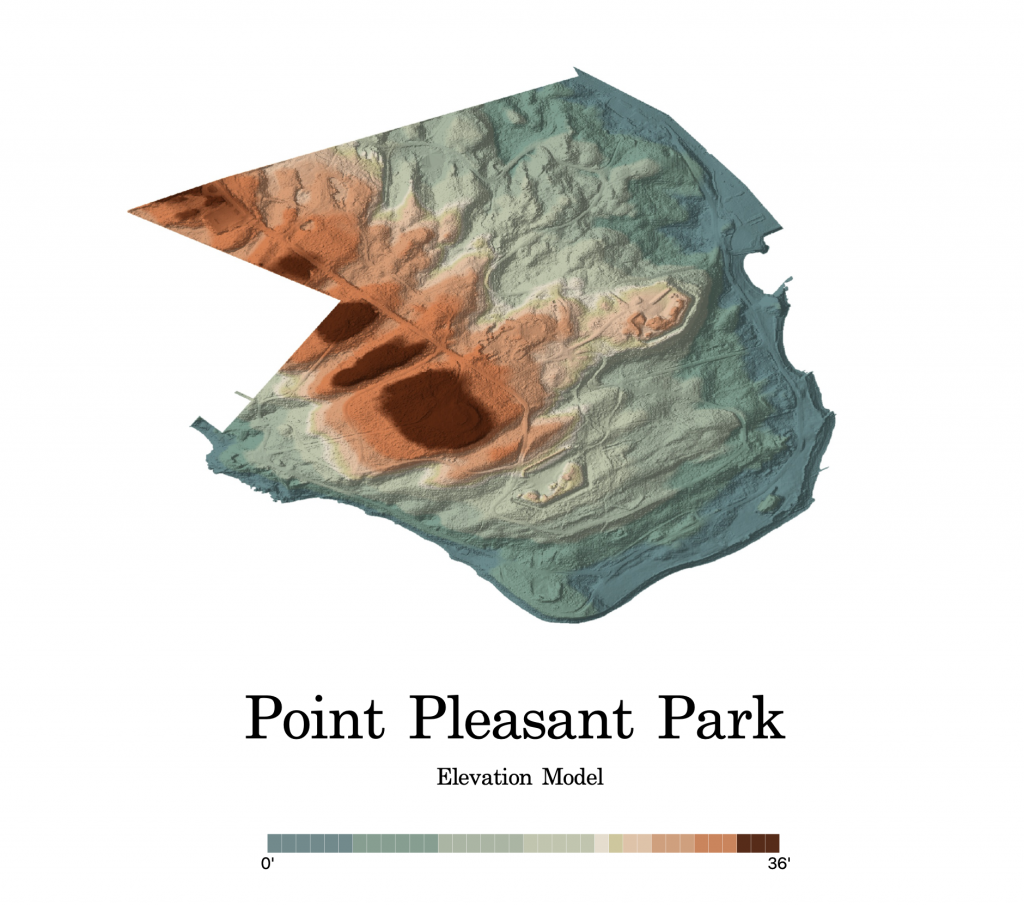
Earlier this month a spent a week on Sable Island. I volunteered to assist with the construction of some fencing as part of a research project being undertaken by Parks Canada and the Sable island Institute. While i was on the Island i tweeted various photos and observations. This series of posts will rehash alot of that content, and hopefully provide some more context to it.
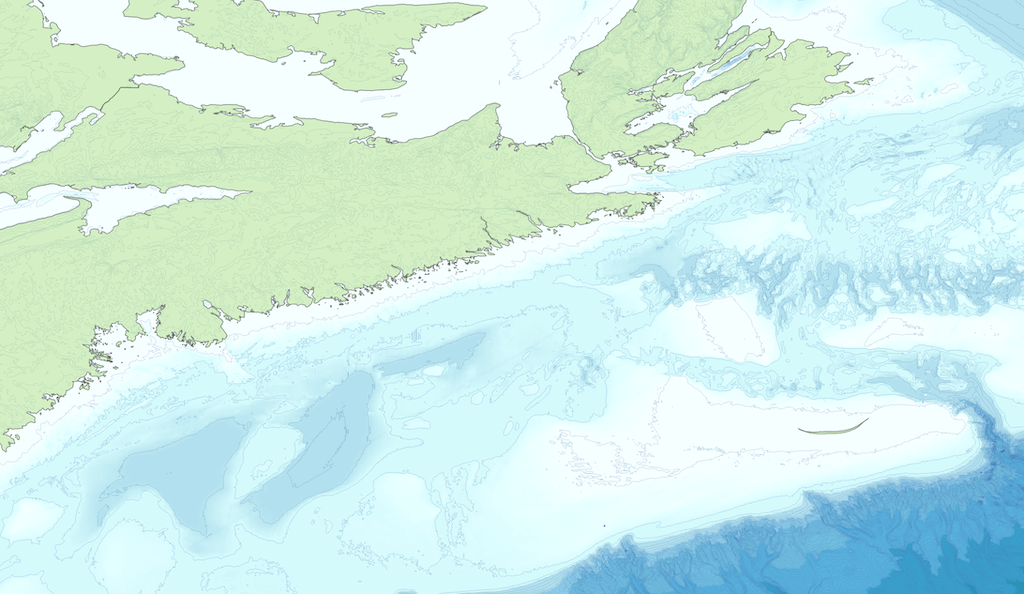
Sable island is located about 150nm off the Nova Scotia coast. it is made entirely of sand deposited by the leading edge of a glacier when it receded during the last ice age. There are no rocks on the island, but there is fresh water. Due to its position, the island is often windy, but even in winter seldom drops below -5C. My week on the island featured uncharacteristically good weather, with sun most days and temps in the high teens and low twenties. (there were some rain showers one afternoon, and we did have a day with 40knot winds)

The island is largely vegetated, with a combination of grasses and heath. There are introduced plants – Cranberry, roses, and a lone sad pine tree.
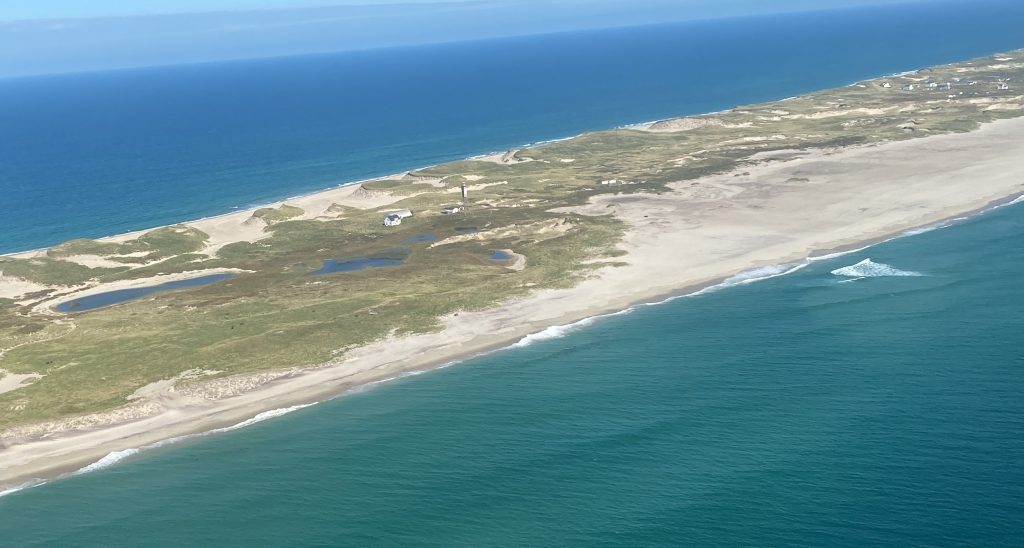
Currently you can visit sable island. the island is only open for day visits, and thee is no public accommodation on the island, and camping is not permitted. To Fly, Sable Aviation, Vision Air, and Breton Aviation all offer flights. Our ride to the island was via Vision Air’s S-76a. We landed at the main station helipad
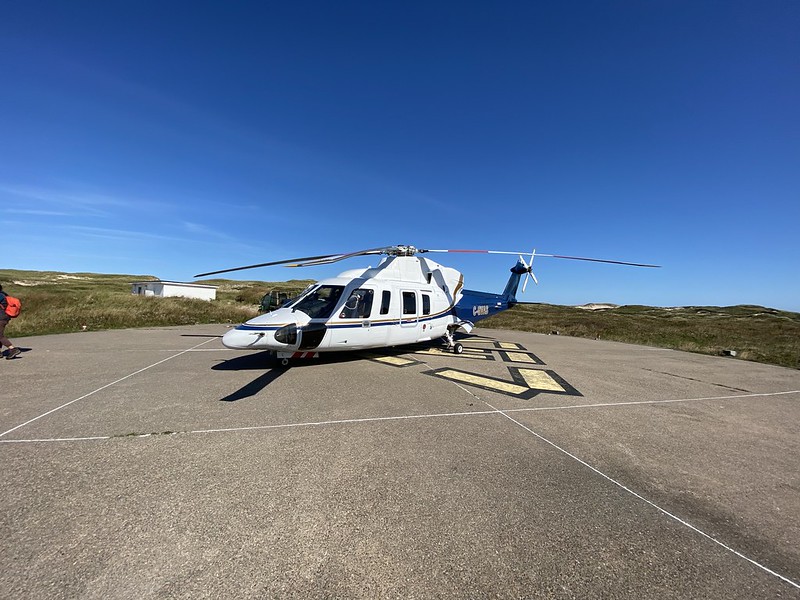
Sable Aviation provided are ride home. They operate a Britten-Normander Islander Aircraft, and use the beach near main station as a runway. wind had blown loose sand drifts across the landing area which is why the helicopter was needed.
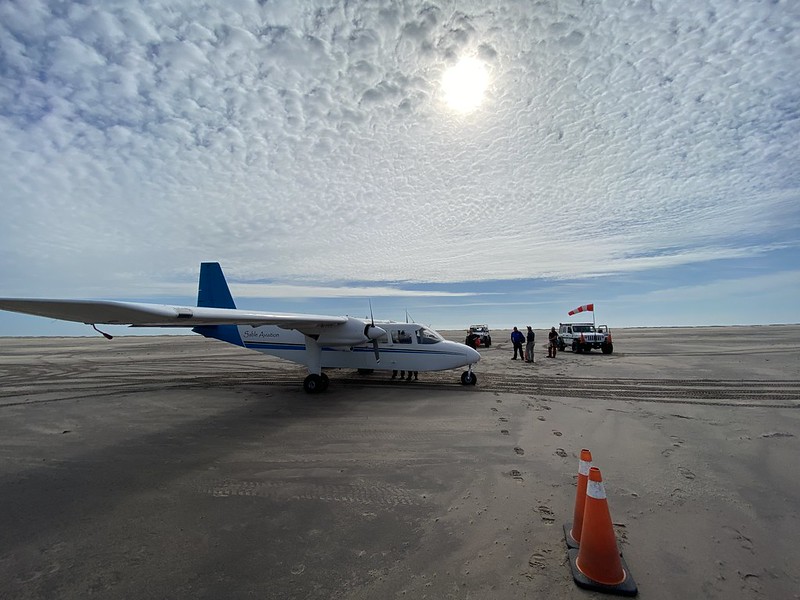
Main Station is the hub of habitation on the island. It was originally maintained by the Meteorological Service of Canada, but was taken over by parks Canada in 2013.
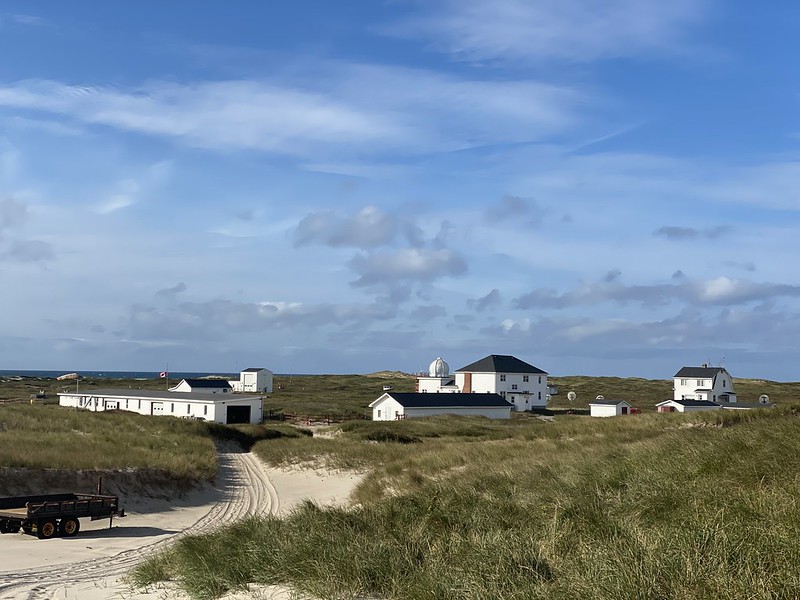
the long building is the Garage/maintenance shop/and generator building. There is also the Staff House (now known is the VQ, or Visitors Quarters), and the OIC House. the two distant buildings are the hydrogen building, used by MSC to launch weather balloons, and MSC’s lab. the dome contained instruments to track the balloons.
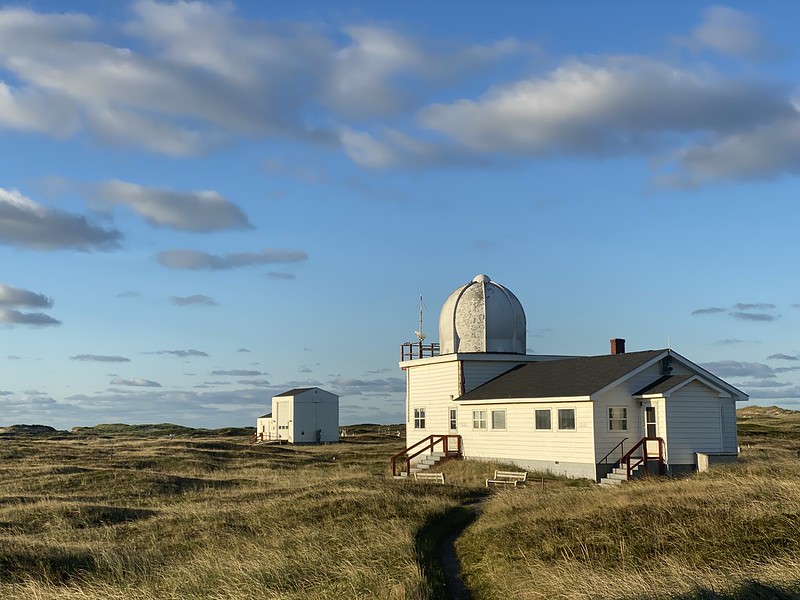
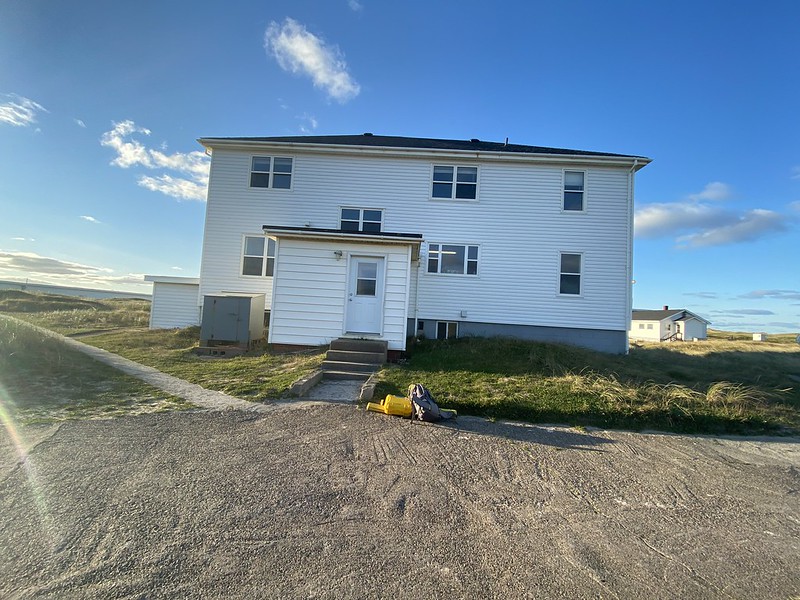
(above)Staff House (Below) my room. In non covid times, the house can sleep around 20 people. there are a couple of rooms outfitted for single use, others meant to be shared. due to covid, it was one to a room. there is a Large Kitchen, and a lounge space.
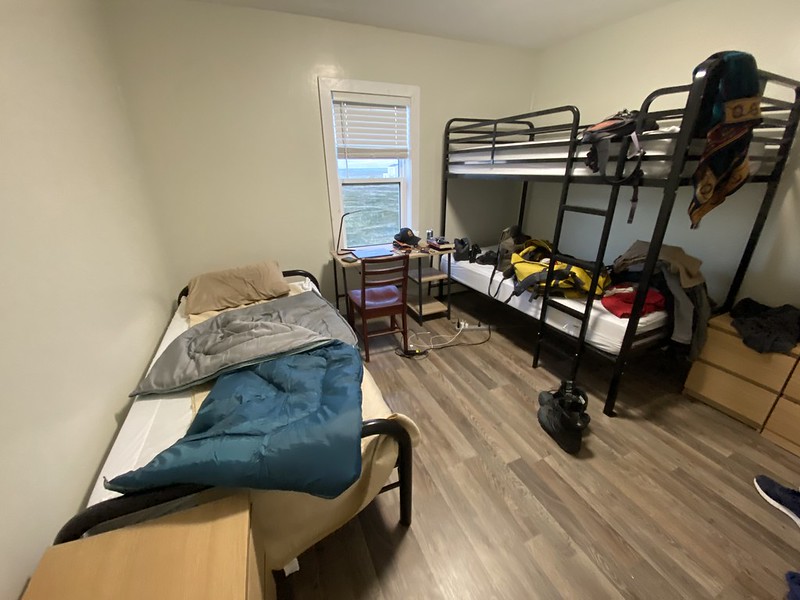

The front sunroom area was reserved for day use visitors.
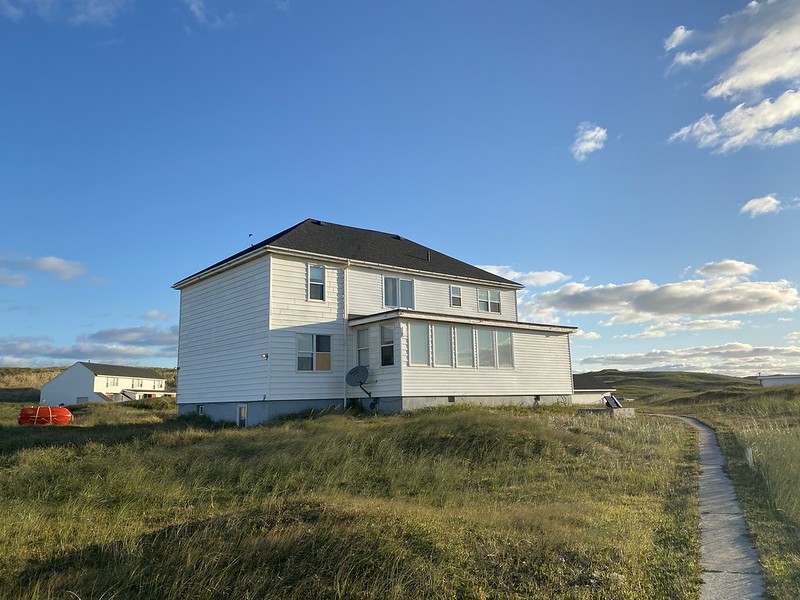
Transportation on the island was primarily via Jeep Rubicon with balloon tires. Gators, a Polaris, and ATV’s were also in use. (the drive belt on the Polaris broke, and we needed to tow it back to main station.)
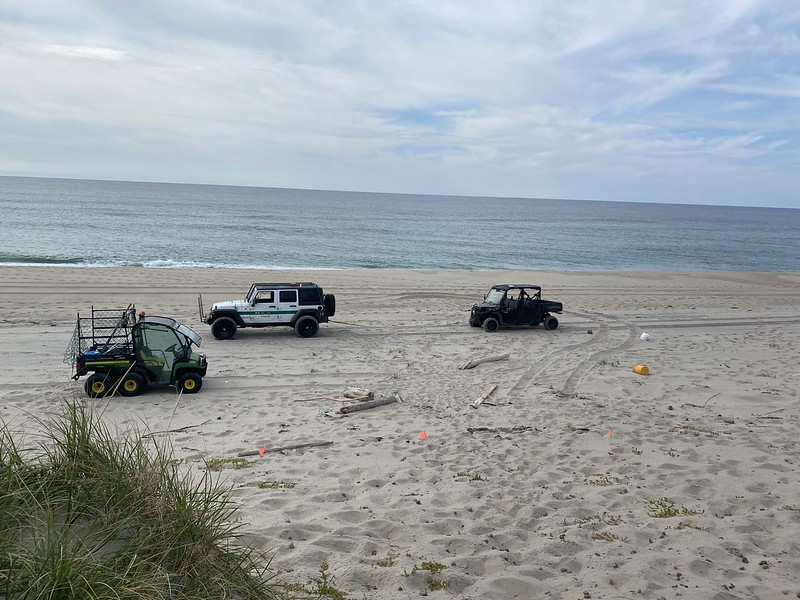
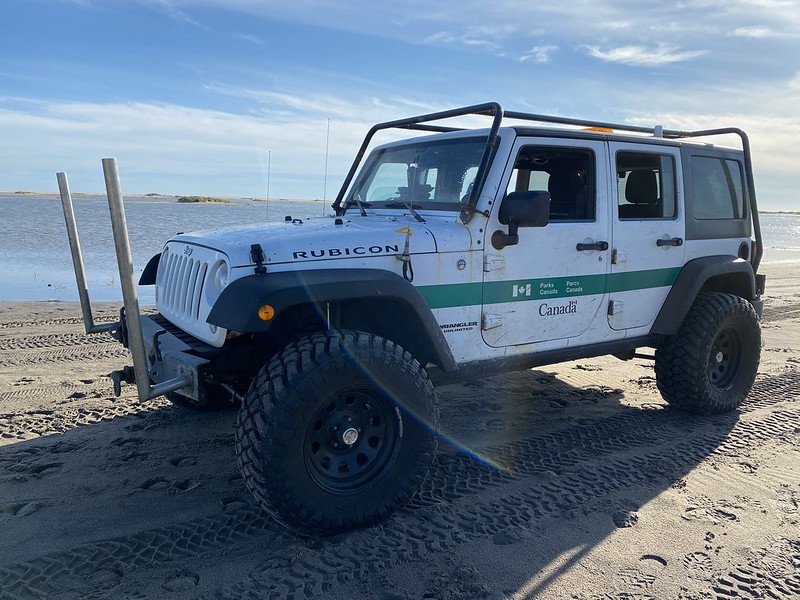
one last thing about sable. being a relatively flat bit of land in the middle of the ocean, tsunamis are a concern. Main Station features two 7 person lifeboats should a large wave be detected heading towards the island.
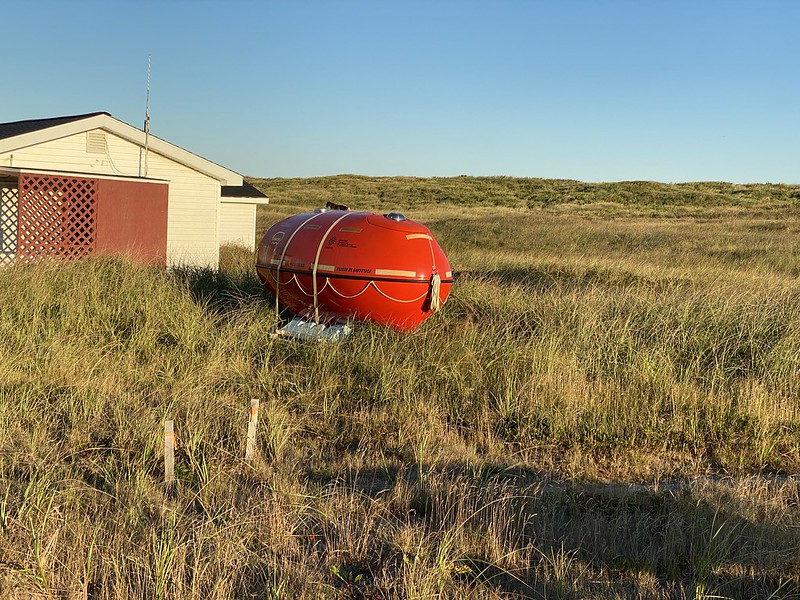
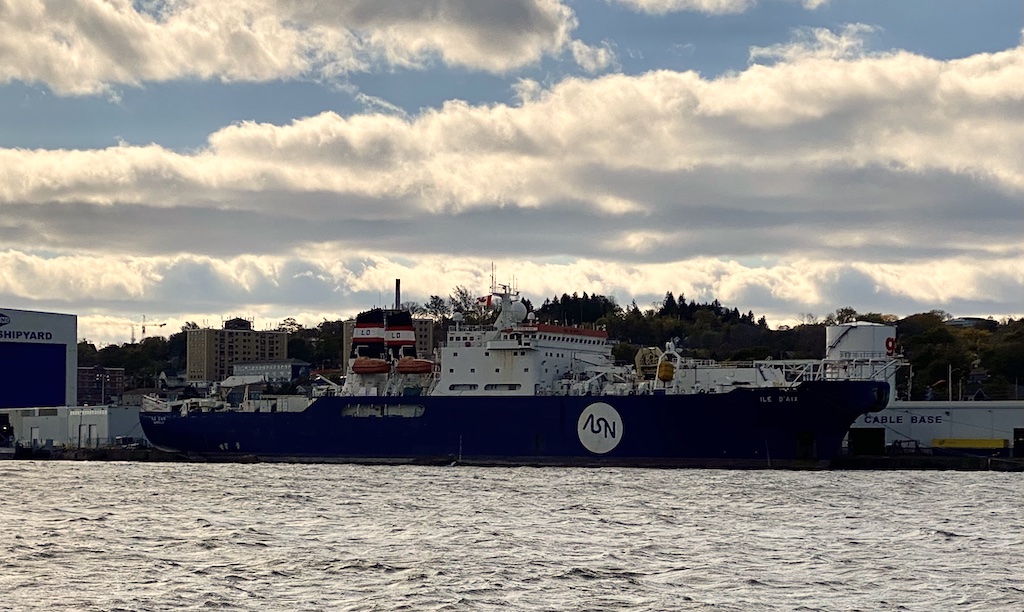
The Cable Ship Ile D’aix has been tied up at International Telecoms base at Pier 9 for the past week. the French vessel is operated by ASN, or Alcatel Submarine Networks. Its purpose built for cable maintenance and repair, and is based at ASN’s facility in Calais. the ship arrived from St. John’s Nfld.
The 4253TEU container ship ZIM Kingston is currently on fire, while at anchor at Constance Bank, off Victoria BC. The ship had sailed from Busan, South Korea for Vancouver.
On Friday Oct 22 the ship reported loosing 40 containers in 20′ seas just after midnight. the ship was 43 miles west of the entrance to the straight of Juan de Fuca when the containers were lost. The ship did some odd manoeuvring where the containers were lost.
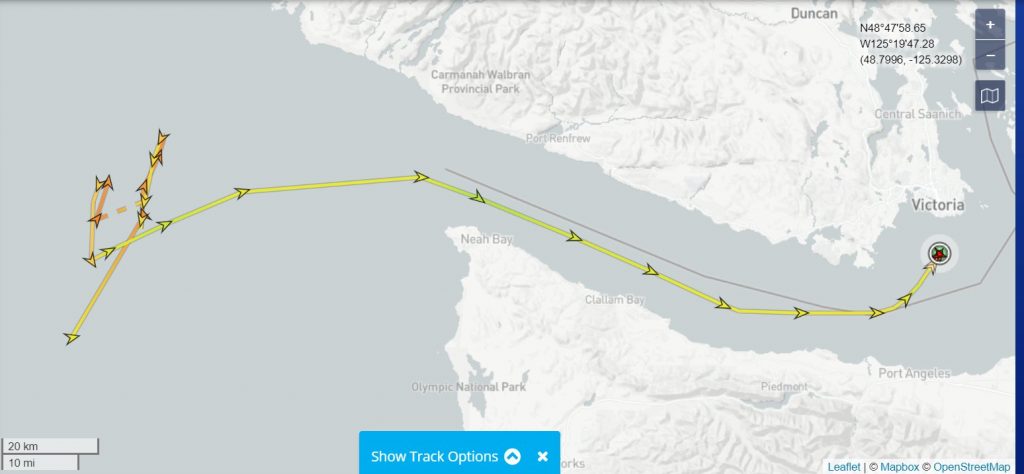
ZIM Kingston then proceeded to anchorage in Constance bank. From photos it looks like lost containers are from two stacks, one forward and aft. Several of the lost containers were later spotted by USCG Aircrews, and noted to be moving north. A gale warning is in effect, with winds of 20 knots, increasing to 40 Monday.
#UPDATE: Imagery captured of located containers from U.S. Coast Guard Air Station Port Angeles helicopter. pic.twitter.com/jOr1bbdnW3
— USCGPacificNorthwest (@USCGPacificNW) October 23, 2021
On Saturday morning around 11am, the ship reported that damaged containers were on fire.
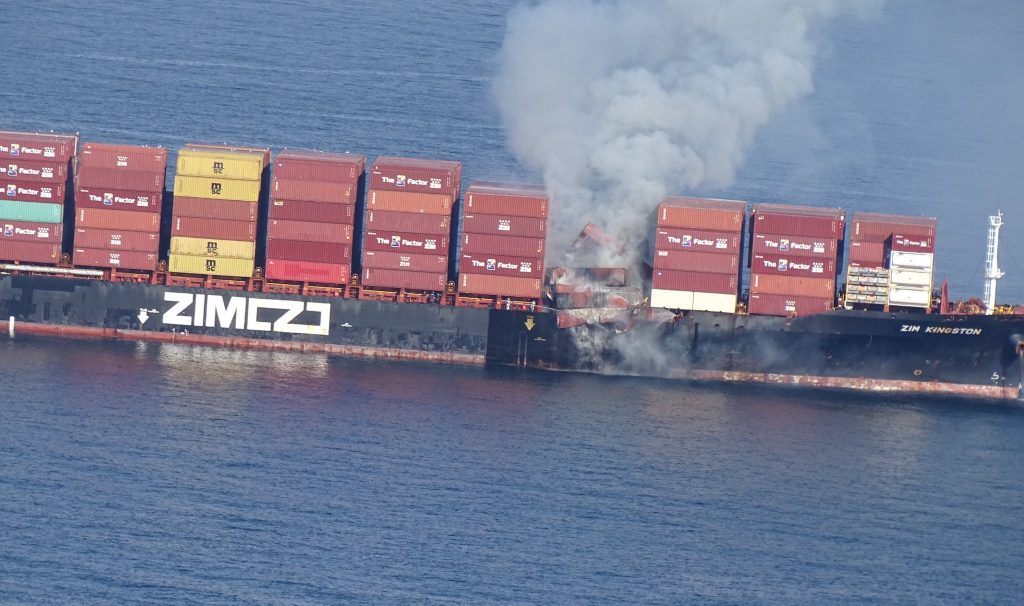
The crew was advised my MCTS to abandon ship. 10 members were removed by the coast guard and taken to Ogden Point. after a small explosion, an additional 6 crew were removed.
As of Saturday Night, 16 crew had been evacuated from the ship by CCGS Cape Calvert and CCGS Cape Naden, with 5 including the captain remain on board. The CCGS reported 10 containers were on fire. 2 of which are self combustible (Class 4.2) potassium amylxanthate — which is used in the mining industry.
Looks like they pushed a flaming container off the #zimkingston pic.twitter.com/BFqDjeO8vY
— Eyes On (@jaycurrie) October 24, 2021
The ships owner had contracted salvagers, and Maersk Tender and Maersk Trader have responded. these ships were in the area, and normally operate ocean cleanup equipment to remove plastics from the water.
UPDATE photo of #ZimKingston as seen from #CloverPoint #VictoriaBC 🇨🇦 at 7:30 am Sun. Oct 24. Crews still spraying container ship with water, is that a speck of flame I see on board still? pic.twitter.com/5XUTcN7IvU
— David Boudinot (@librarialstudy) October 24, 2021
Seaspan Raven has also on scene since Saturday. Due to the the chemicals on fire reactivity to water, water is being used to cool the surrounding areas of the ship but not directly attack the fire.
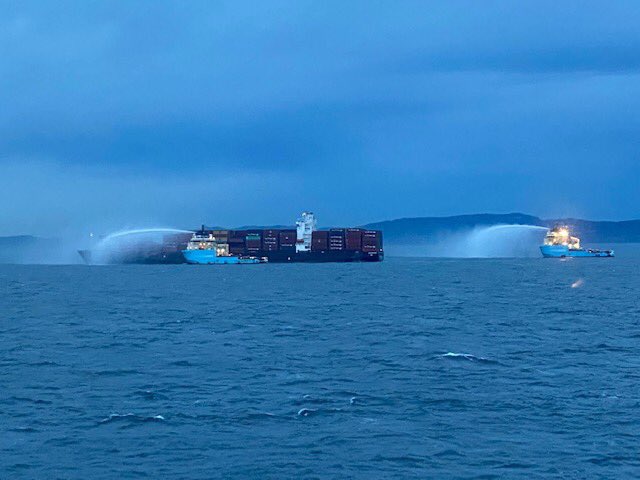
As of this morning, the Atlantic Raven, which is under contract as an emergency towing vessel for the coastguard is on scene, and the fire is reportedly still burning.
Additional Updates as they become Available.
UPDATE: there is currently a news conference on Now. The fire is reported to be out, but there is alot of heat and smouldering. crews will attempt to extinguish the fire onboard the ship tommorow.

A Cessna 206 Float plane made a forced landing in Turf Lake, about 1.5nm short of Runway 23 at Halifax airport. The plane had declared an emergency with an engine power problem, and Airport emergency services were on standby at the side of the runway.
Just after passing 3 miles final, the pilot determined he couldn’t make the runway, and opted to land in a lake. The pilot was uninjured, and was rescued by a fire crews in a boat a short time later.
The following took place in less then 4 minutes. The occurrence aircraft’s registration is C-GBHL, and is refereed to by ATC as “Bravo Hotel Lima” i simplified that to BHL below.
ATC: hes about 3.5 miles final approach
Red6: <garbled>
ATC: there are some small lakes on the approach, nothing particularity large.
BHL: field in sight
ATC: advise if you need any help
BHL: ok
BHL: Im going to put it into this lake just to my left
ATC : ok check that, wind at the field 247 at 7 altimeter 2980 advise when you are on the ground.
BHL: will do
ATC: red6 ground, hes going to try to put it into a lake about a mile and half out.
red6: <garbled>
ATC: thats correct.
BHL: BHL is on the lake
ATC: ok check that. BHL when your put away there give us a call on the phone i have the number when able.
BHL: ok at this point no assistance is required immediately
the plane was built in 1981, and